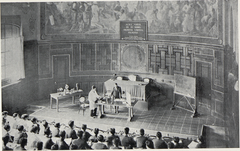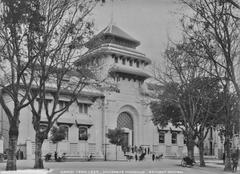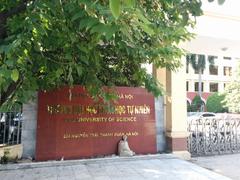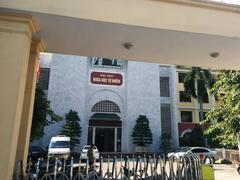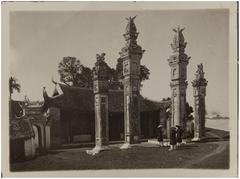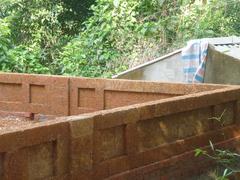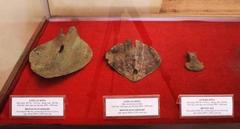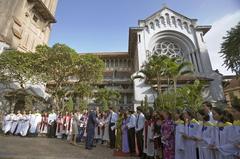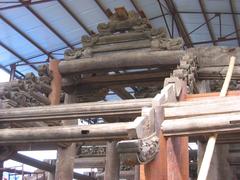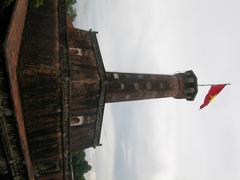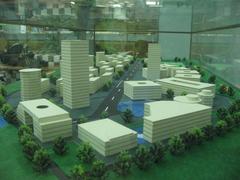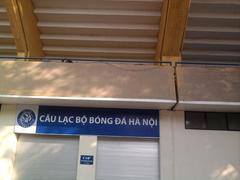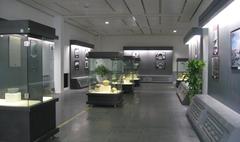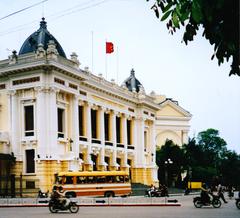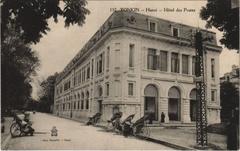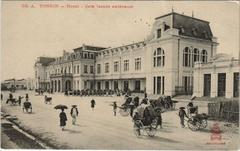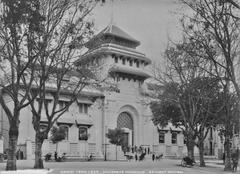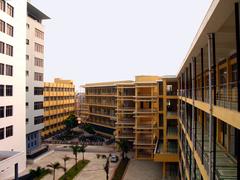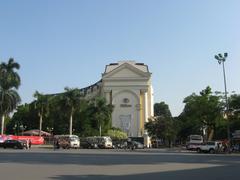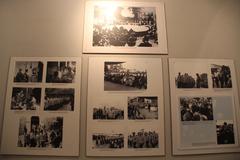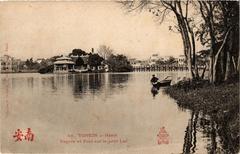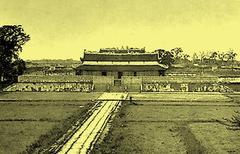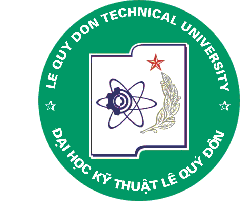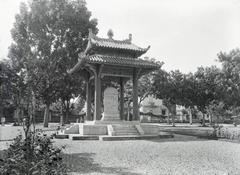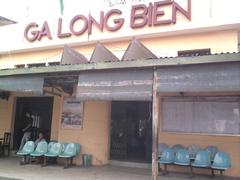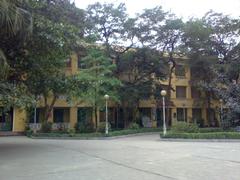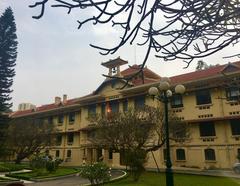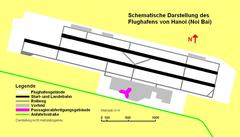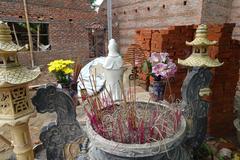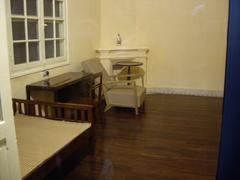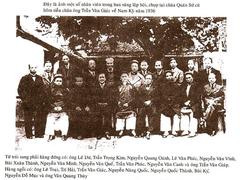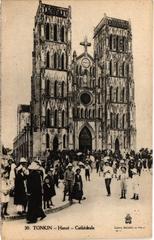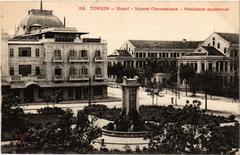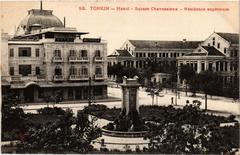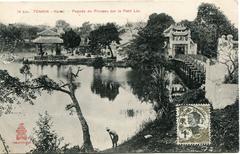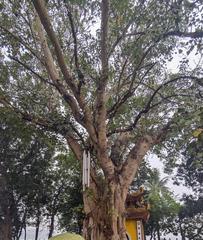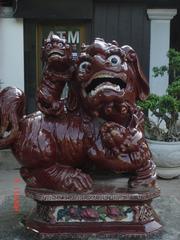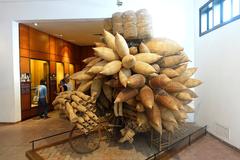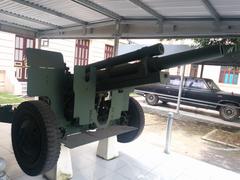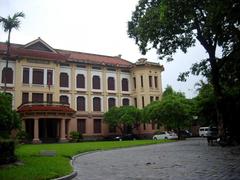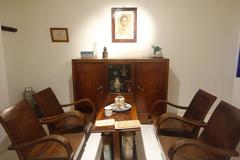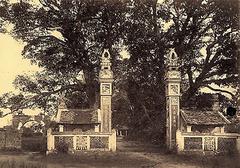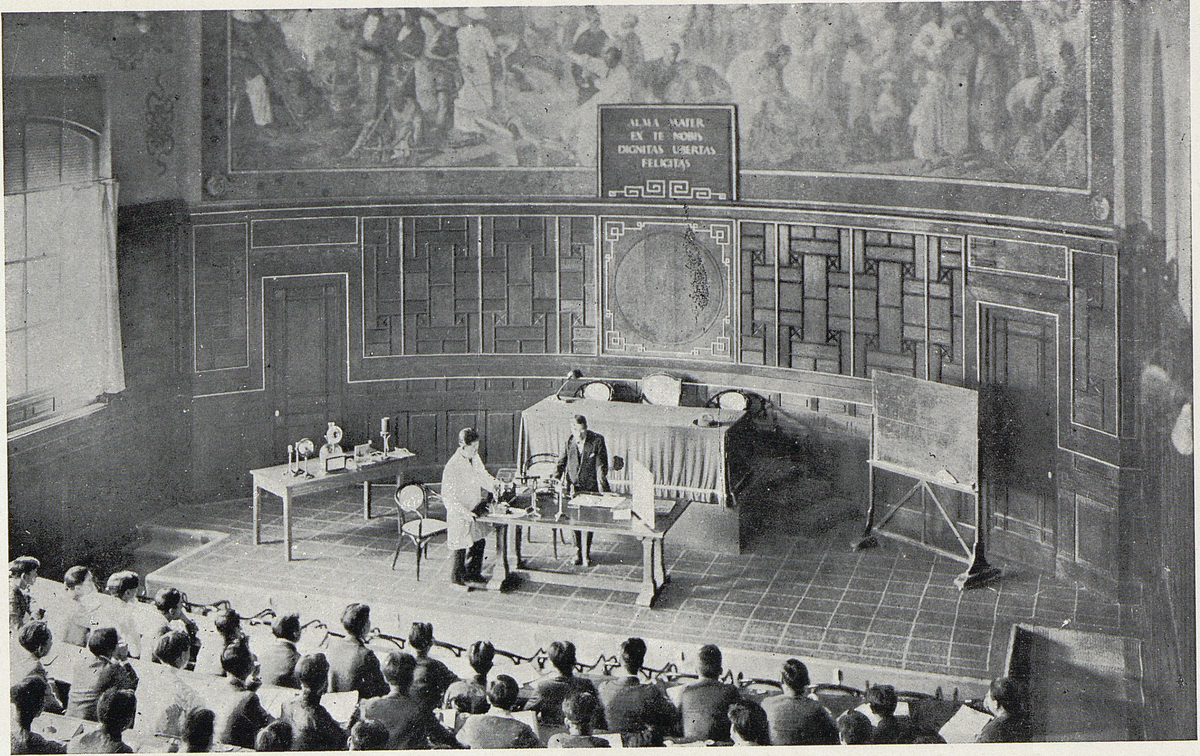
Hanoi University of Science Visiting Hours, Tickets, and Historical Significance in Hanoi
Date: 15/06/2025
Introduction: Hanoi University of Science—History and Cultural Importance
Nestled in the heart of Hanoi, the Hanoi University of Science (VNU-HUS) is a distinguished institution that seamlessly blends Vietnam’s educational heritage with remarkable architectural aesthetics. Established in the early 20th century as part of the University of Indochina, the university’s campus is a testament to both French colonial neoclassical architecture and later modernist influences, thoughtfully adapted to Vietnam’s tropical climate. Visitors to this landmark are offered an immersive journey through the evolution of higher education in Vietnam, with opportunities to explore grand colonial-era buildings, vibrant green spaces, and modern research facilities that continue to drive scientific progress. Whether you are drawn by architecture, history, or culture, Hanoi University of Science stands as a dynamic intersection of Vietnam’s past and present academic identity.
This guide compiles essential visitor information, including up-to-date visiting hours, admission policies, and the availability of guided tours that illuminate the university’s architectural and historical significance. It also includes practical advice on accessibility, transportation, and nearby attractions—such as the Temple of Literature and Hanoi’s Old Quarter—helping you integrate your visit into a broader exploration of the city’s cultural landscape. For those interested in Vietnam’s scientific journey, the nearby Hanoi University of Science and Technology monument serves as an additional highlight, symbolizing the nation’s commitment to technological innovation.
All information is verified through authoritative sources, including the Hanoi University of Science website, Vietnam National University, Hanoi, and Hanoi Tourism Board, ensuring your visit is well-informed and rewarding. Whether you hope to admire colonial facades, engage in cultural events, or connect with the academic community, Hanoi University of Science invites you to experience a cornerstone of Vietnam’s intellectual and architectural heritage (Official VNU-HUS Site; Vietnam Tourism Official).
Table of Contents
- Introduction
- Visiting Hours and Admission
- Guided Tours and Campus Highlights
- Getting There and Accessibility
- Nearby Attractions and Suggested Itinerary
- Visitor Tips
- Frequently Asked Questions (FAQ)
- Architectural Heritage and Evolution
- Cultural Significance and Academic Legacy
- Practical Visitor Insights
- Hanoi University of Science and Technology Monument
- Summary and Recommendations
- References
Visiting Hours and Admission
Campus Hours
The main Le Thanh Tong campus is generally open to visitors from 8:00 AM to 5:00 PM, Monday to Saturday. Access may be limited on weekends or during special academic events; it’s best to confirm your visit in advance via the official website or the university’s visitor center.
Ticketing and Access
Entry to the campus grounds is free for all visitors. However, access to certain buildings—such as laboratories, research centers, or administrative offices—may require prior permission. Guided tours, especially for groups and those interested in the university’s history and architecture, should be arranged in advance and may incur a modest fee.
Guided Tours and Campus Highlights
Guided Tours
The university offers guided tours that highlight both its colonial and modernist architecture. Tours typically include the neoclassical facades, socialist-era academic halls, lush gardens, and modern laboratories. Scheduling is recommended through the university’s visitor center or international office.
Photographic Spots
Popular locations for photography include:
- Restored colonial buildings and symmetrical courtyards
- Tree-lined avenues and lotus ponds
- Public art installations and student exhibitions
Outdoor photography is encouraged; for indoor locations, please seek permission.
Special Events
Throughout the year, Hanoi University of Science hosts public lectures, science fairs, cultural festivals, and exhibitions. Many of these events are open to visitors and enrich the campus experience. Event schedules are available on the official website.
Getting There and Accessibility
Location and Transport
Situated in central Hanoi, the university is accessible by public buses, taxis, and ride-hailing services like Grab. Key bus routes and taxi drop-off points are located near the main Le Thanh Tong campus entrance. Allow additional time during peak hours due to traffic congestion.
Accessibility
The university continues to improve accessibility. Ramps, elevators, and paved pathways are available in most new or renovated buildings; some older structures may present mobility challenges. Visitors with special needs are encouraged to contact the visitor center for assistance.
Nearby Attractions and Suggested Itinerary
Enhance your visit by exploring these nearby sites:
- Temple of Literature: Vietnam’s first national university, a short walk from campus.
- Vietnam Fine Arts Museum: Showcasing a vast collection of Vietnamese art.
- Hanoi Old Quarter: Known for bustling markets, historic architecture, and vibrant street life.
Suggested itinerary: Begin with a campus tour, visit the Temple of Literature, and spend your afternoon in the Old Quarter for a well-rounded Hanoi experience.
Visitor Tips
- Dress Code: Modest attire is recommended, particularly when entering academic buildings.
- Language: Vietnamese is widely spoken, though many staff and students speak English. Translation apps can be helpful.
- Safety: The campus is secure, but keep valuables close.
- Facilities: Cafes, restrooms, bookstores, and information desks are readily available.
Frequently Asked Questions (FAQ)
Q: Is there an entrance fee?
A: No, campus entry is free.
Q: How do I join a guided tour?
A: Arrange tours in advance through the visitor center or international office.
Q: Can I photograph inside university buildings?
A: Outdoor photography is allowed; for indoor areas, permission is required.
Q: Is the campus wheelchair accessible?
A: Most new and renovated buildings are accessible; contact the visitor center for support.
Q: What’s the best time to visit?
A: Weekdays during business hours; September–November for pleasant weather.
Architectural Heritage and Evolution
Colonial Foundations and Neoclassical Influence
The Le Thanh Tong campus, designed by Ernest Hébrard in 1906, exemplifies French neoclassical architecture with symmetrical facades, grand columns, and spacious courtyards. Adaptations for the tropical climate—such as high ceilings, wide verandas, and large windows—blend Western and local influences (Official VNU-HUS Site; Wikipedia).
Socialist Modernism and Post-Colonial Expansion
Mid-20th-century expansions introduced modernist buildings like Halls C1 and C2, defined by robust concrete, geometric forms, and climate-adaptive features, reflecting socialist ideals of utility and durability (Inspireli; VietnamNet).
Landscape and Sustainability
The campus is renowned for its greenery—mature trees, gardens, and shaded walkways. New developments, such as the University of Science and Technology of Hanoi campus in Hoa Lac, integrate sustainable design with renewable energy and “green campus” principles (ArchDaily; Arch2o).
Cultural Significance and Academic Legacy
Cradle of Vietnamese Higher Education
As the successor to the University of Indochina, VNU-HUS has shaped generations of Vietnamese scientists and leaders. Its proximity to the Temple of Literature situates it within a prestigious scholarly tradition (Vietnam Tourism Official; Wikipedia).
Center for Scientific Innovation
The university is a leader in research and international collaboration, with advanced laboratories and strong programs in mathematics, physics, chemistry, and biology (Official VNU-HUS Site).
Cultural Events and Student Life
VNU-HUS regularly hosts festivals, exhibitions, and academic conferences, supported by flexible campus spaces that foster community engagement (Inspireli).
Symbol of National Identity
The blend of preserved historic buildings and modern expansions reflects Vietnam’s resilience and intellectual aspirations (VietnamNet).
Practical Visitor Insights
- Guided Tours: Offered by appointment; inquire via the official website.
- Facilities: Cafes, libraries, and rest areas are available.
- Accessibility: Improvements ongoing; contact visitor services for specific needs.
- Nearby Sites: Temple of Literature, Hoan Kiem Lake, Hanoi Old Quarter.
Hanoi University of Science and Technology Monument: Visitor Information
About the Monument
Located on the HUST campus, the monument honors the founding of Vietnam’s first and largest technical university, established in 1956. It represents the achievements of HUST alumni and Vietnam’s industrial advancement.
Visiting Details
- Opening Hours: 8:00 AM to 5:00 PM, daily
- Admission: Free; guided tours available by appointment
- Location: No. 1 Dai Co Viet Road, Hanoi
- Transport: Buses 09, 22, 36; taxis and rideshare options available
- Accessibility: Wheelchair accessible, with ramps and paved paths
- Nearby Attractions: Vietnam Museum of Ethnology, Temple of Literature, Hoan Kiem Lake
- Events: Exhibitions and cultural events are held periodically; check the official HUST website for updates.
Summary and Recommendations
Hanoi University of Science is a living museum of Vietnam’s educational and architectural evolution, offering visitors access to both historical grandeur and scientific innovation. Plan your visit to coincide with public events, and consider combining your tour with nearby cultural attractions for a comprehensive Hanoi experience. For ongoing updates and exclusive content, download the Audiala app and follow official channels.
References
- Hanoi University of Science Official Website
- Vietnam National University, Hanoi
- Hanoi Tourism Board
- Temple of Literature Official Site
- Vietnam Tourism Official
- Visiting the Hanoi University of Science and Technology Monument
- Wikipedia: VNU University of Science
- Inspireli: Hanoi University of Science
- VietnamNet: Hanoi Architecture
- ArchDaily: Green University Campus in Vietnam
- Arch2o: University of Science and Technology of Hanoi
